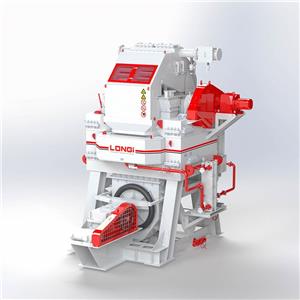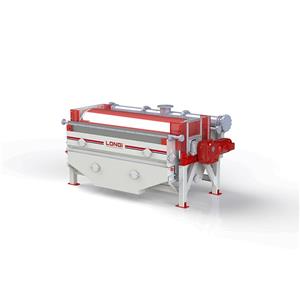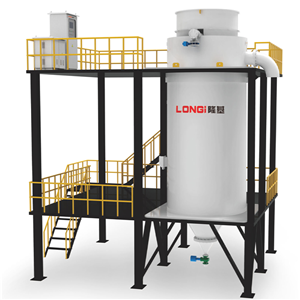תוכנית יישום ליעילות סינרגטית של הפחתת זיהום והפחתת פחמן
China Nonferrous Metals News LONGi Magnet 2022-06-27 11:17 Posted in Liaoning
Recently, the Ministry of Ecology and Environment, the National Development and Reform commission, the Ministry of Industry and Information Technology, the Ministry of Housing and Urban-Rural Development, the Ministry of Transport, the Ministry of Agriculture and Rural Affairs, the National Energy Bureau jointly issued the Implementation Plan for Synergistic Efficiency of Pollution Reduction and Carbon Reduction (hereafter refer to as the “Scheme”), thoroughly implement the decision-making and deployment of the CPC Central Committee and the State Council on carbon peaking and carbon neutralization, implement the requirements for the construction of ecological civilization in new stage, and make systematic arrangements for promoting synergies in reducing pollution and carbon emissions.

The Scheme is guided by Xi Jinping Thought on Socialism with Chinese Characteristics for a New Era, thoroughly implements Xi Jinping’ thought on the Ecological Civilization, adheres to the general working principle of seeking progress while maintaining stability, anchors the construction of a beautiful China and the goals of carbon peaking and carbon neutrality, and scientifically grasps pollution prevention and control and the integrity of climate governance, focusing on structural adjustment and layout optimization, focusing on optimizing governance paths, and using policy coordination and mechanism innovation as means to improve regulations and standards, strengthen scientific and technological support, comprehensively improve the comprehensive efficiency of environmental governance, and achieve a win-win situation in environmental, climate, economic benefits.
The Scheme pointed out that the management of ecological environment access should be strengthened. Resolutely curb/restrain the blind development of high-energy-consuming, high-emission, and low-level projects, and strictly implement national industrial planning, industrial policies,
The Scheme adheres to the working principles of highlighting synergies, strengthening source prevention and control, optimizing technology paths, focusing on mechanism innovation, and encouraging “first and first trial”. It is proposed that the work pattern of coordinated promotion of pollution reduction and carbon reduction will be basically formed by 2025, and the collaborative capacity of pollution reduction and carbon reduction will be significantly improved by 2030.
The Scheme focuses on six main aspects and proposes important tasks and measures. The first is to strengthen the prevention and control at the source, including strengthening the zoning control of ecological environment, strengthening the access management of ecological environment, promoting the green and low-carbon transformation of energy, and accelerating the transformation of a green lifestyle. The second is to highlight the key areas and promote synergies in pollution reduction and carbon reduction, surrounding the fields of industry, transportation, urban and rural construction, agriculture and ecological construction. The third is to optimize the environmental governance and promote coordinated prevention and control of air, water, earth, soil, and solid waste pollution and greenhouse gas control. The fourth is to carry out model innovation, and organize and implement pilot collaborative innovations for pollution reduction and carbon reduction at the regional, city, industrial park, and enterprise levels. The fifth is to strengthen support and guarantee, focusing on strengthening the application of technology research, improving regulations and standards, strengthening collaborative management, strengthening economic policies, and improve the basic capabilities. The sixth is to strengthen the organization and implementation, including strengthening the organizational leadership, publicity and education, international cooperation, assessment and inspection and other requirements
The Scheme also proposes to vigorously support the development of electric furnace short-process processes, accelerate the replacement of raw fuels in the cement industry, accelerate the promotion of oil reduction and increase in chemical industry in the petrochemical industry, increase the proportion of recycled aluminum in the aluminum industry, promote high-efficiency and low-carbon technologies, and accelerate the development of the recycled non-ferrous metal industry. In 2025 and 2030, the proportion of short-process steelmaking in the country will increase respectively to more than 15% and 20%. In 2025, the output of recycled aluminum will reach 11.5 million tons, and the proportion of renewable energy used in electrolytic aluminum will increase to more than 30% in 2030.
After the Scheme is released, the Ministry of Ecology and Environment will actively cooperate with relevant departments to form a policy synergy, coordinate the promotion of related work, and at the same time guide all localities to further refine the work tasks, and promote the implementation of various key measures based on actual conditions.




